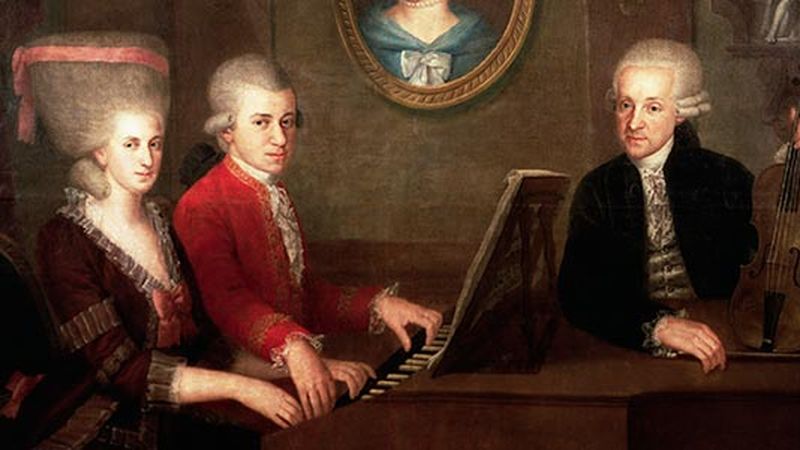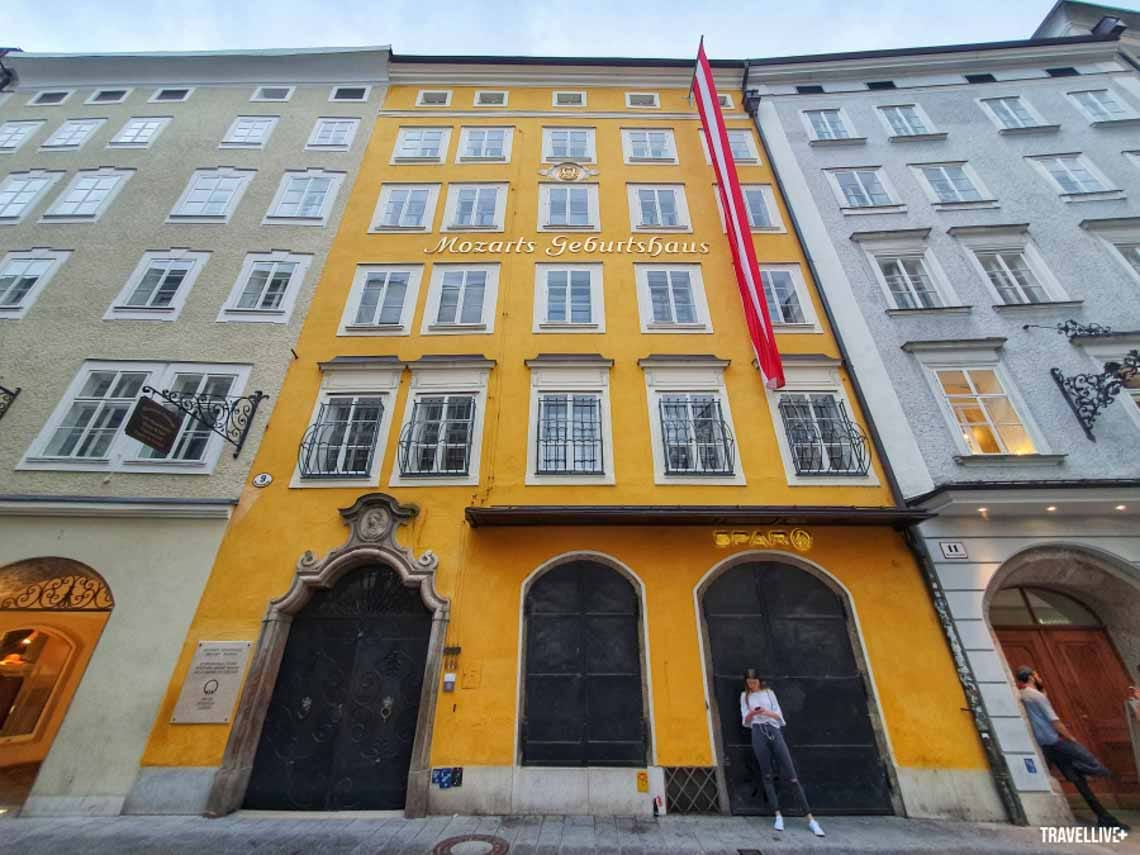Introduction
Nestled in the heart of Salzburg at No. 9 Getreidegasse, Austria, lies a historic townhouse where one of the most iconic figures in classical music, Wolfgang Amadeus Mozart, was born. This house, now known as Mozart’s Birthplace (Mozarts Geburtshaus), has been transformed into a museum, offering a rich glimpse into the 18th-century life of the Mozart family and their influence on the world of music.
The House at No. 9 Getreidegasse
The building itself is an essential part of Salzburg’s historical landscape. Located on the bustling street of Getreidegasse, this townhouse dates back to the Middle Ages and has become a cultural treasure. Mozart was born here on January 27, 1756, and the Mozart family lived on the third floor from 1747 to 1773.

The museum offers visitors a chance to step back in time and experience what life was like for the family of Leopold and Anna Maria Mozart, who nurtured Wolfgang’s early musical talents.
Life in the 18th Century
The third-floor apartment where the Mozart family resided reveals much about the daily lifestyle of an 18th-century middle-class family. The kitchen, parlors, and bedrooms have been carefully reconstructed to reflect the living conditions of that era, offering insight into both the domestic and artistic aspects of Mozart’s childhood.

Not only was this space where Mozart took his first steps, but it was also where he first encountered music, thanks to his father, Leopold Mozart, a respected composer and violinist in his own right. The house, with its modest yet functional design, provides a setting that shaped Mozart’s early genius.
The Museum Experience
Mozart’s Birthplace was opened as a museum in 1880 by the International Mozarteum Foundation, and it remains one of the most visited cultural attractions in Salzburg today. The exhibits provide a comprehensive look into Mozart’s life and career, including original manuscripts, letters, and personal items. Visitors can also view Mozart’s first violin and portraits of the composer and his family, along with a selection of historical instruments from the period.

A particularly interesting part of the museum is the room dedicated to Mozart’s early childhood, where it’s easy to imagine the young prodigy composing music while looking out over the cobblestone streets of Salzburg. The museum also highlights the influence of the Mozart family, showcasing how they played a pivotal role in developing his unparalleled talent.
Conclusion
Mozart’s Birthplace at No. 9 Getreidegasse stands as a cultural landmark, offering a window into the early life of one of history’s greatest musical geniuses. This museum provides a unique opportunity to connect with the personal history of Wolfgang Amadeus Mozart, giving visitors a profound sense of his origins and the environment that helped shape his musical brilliance. For any music lover or history enthusiast, a visit to this historic home is an unforgettable experience.
